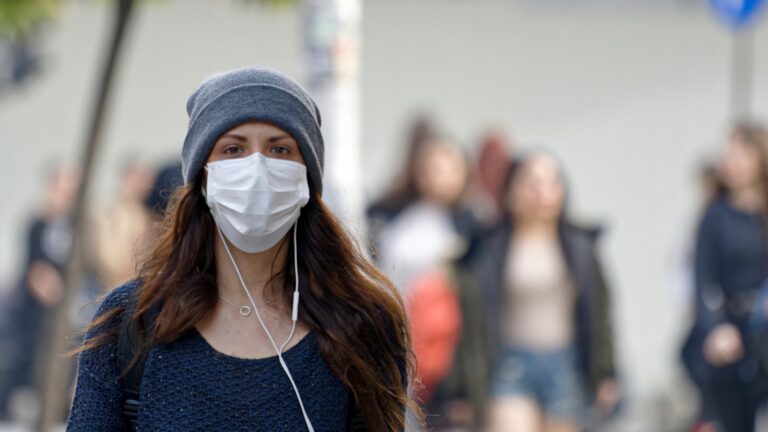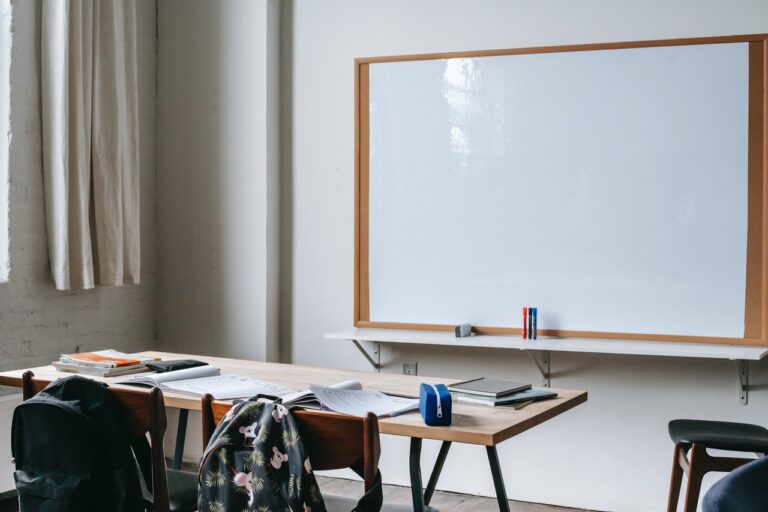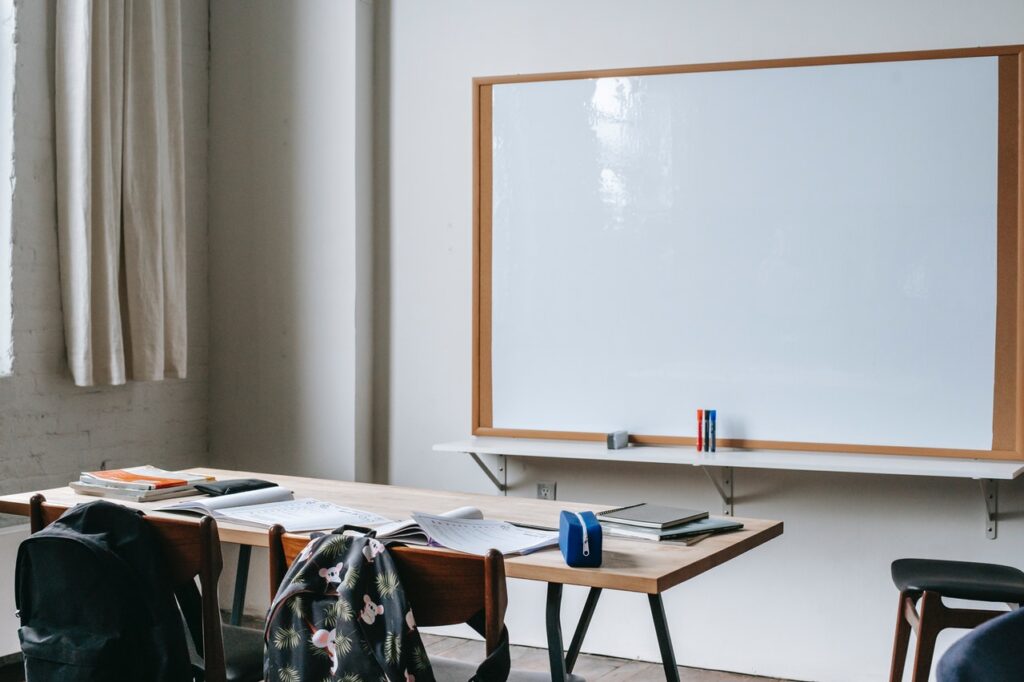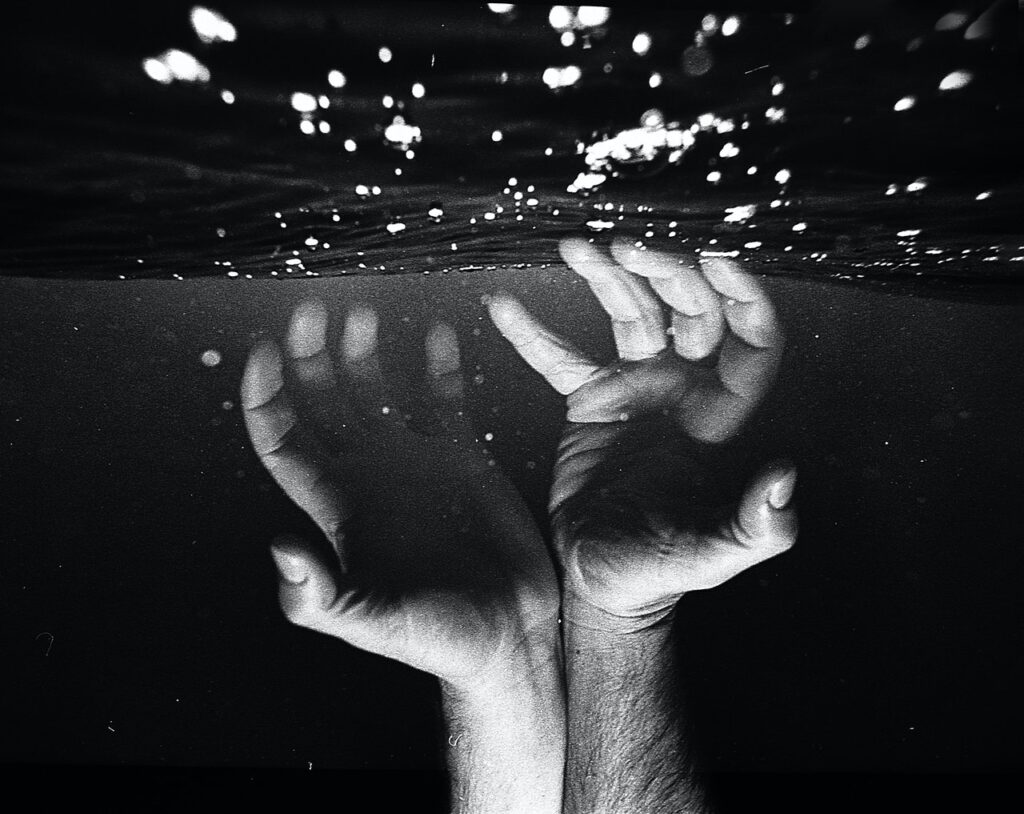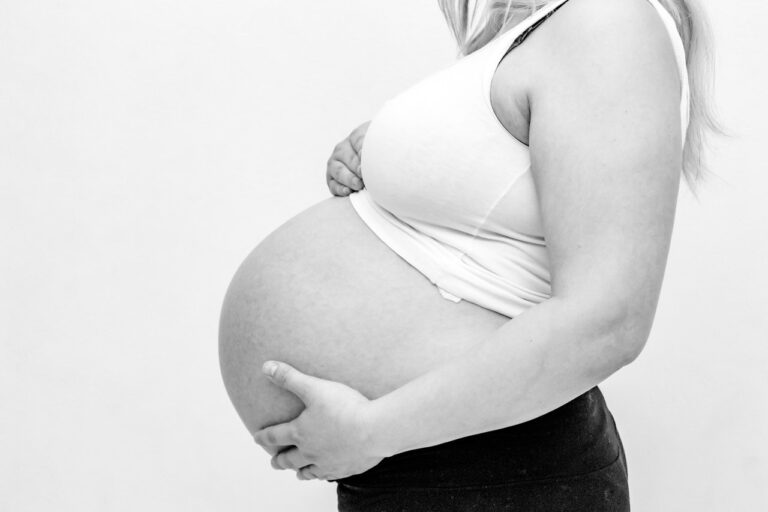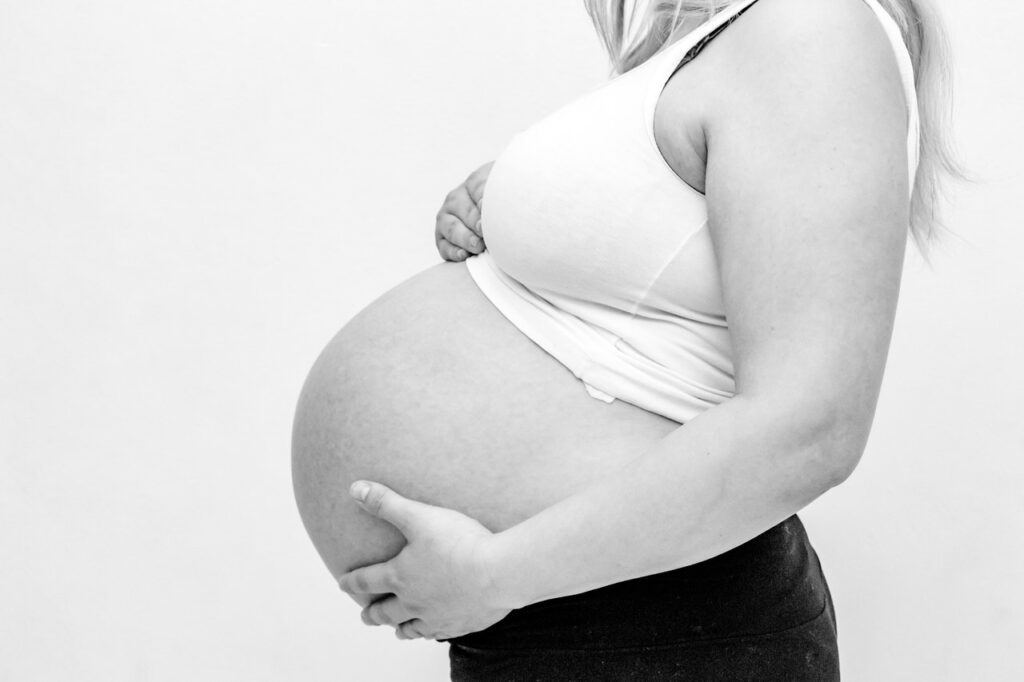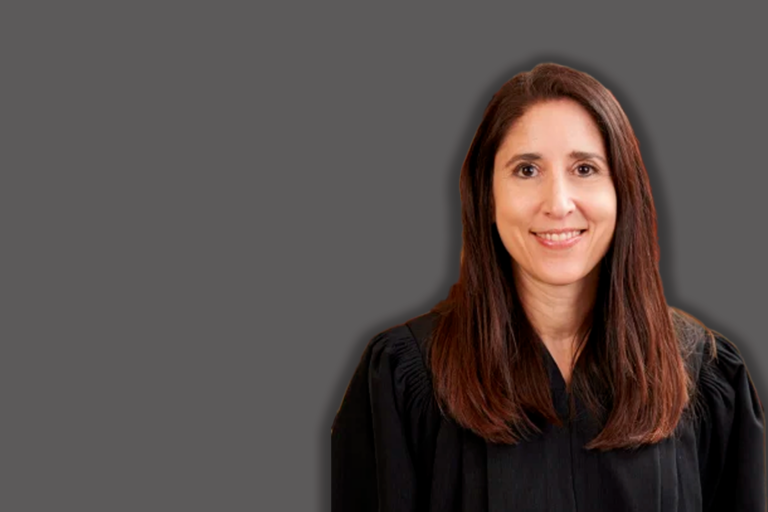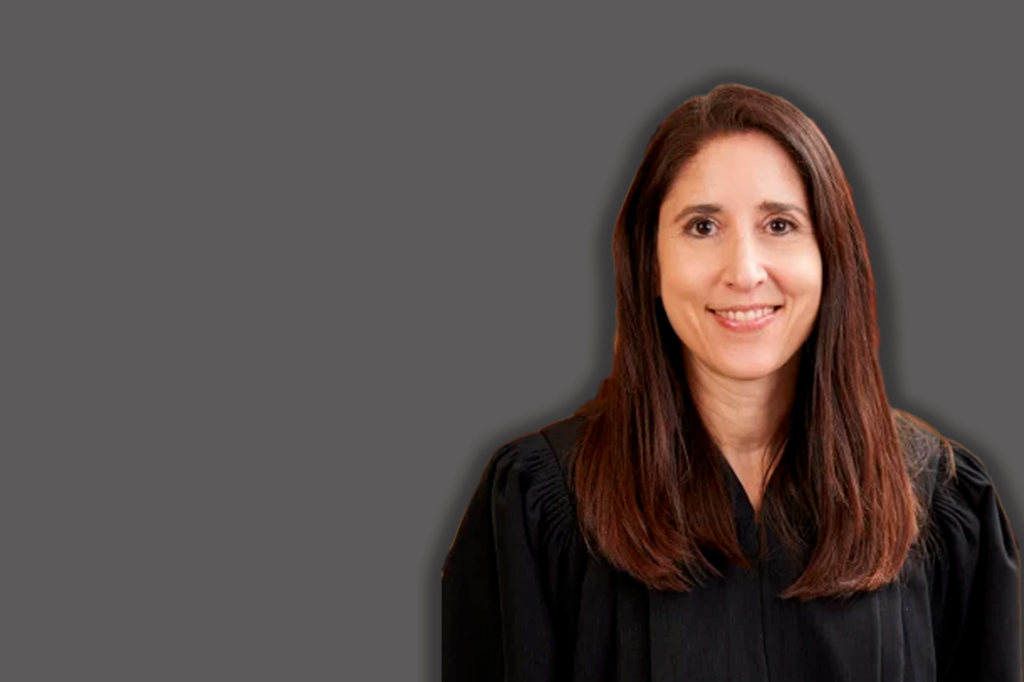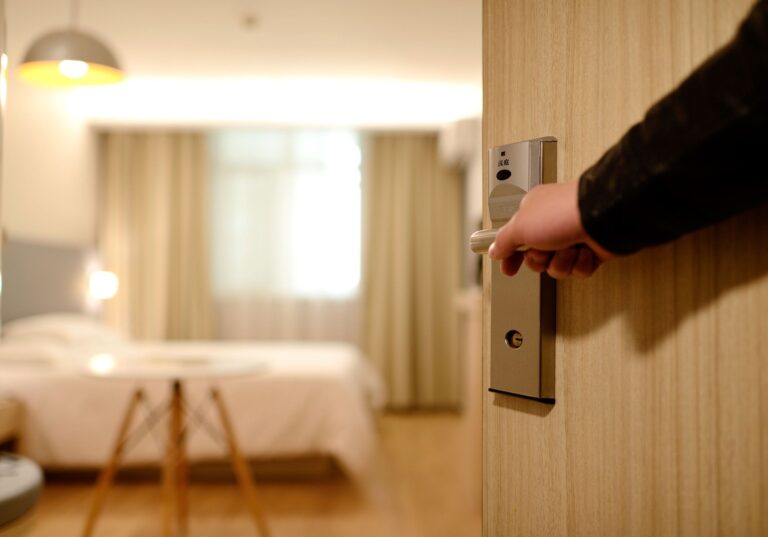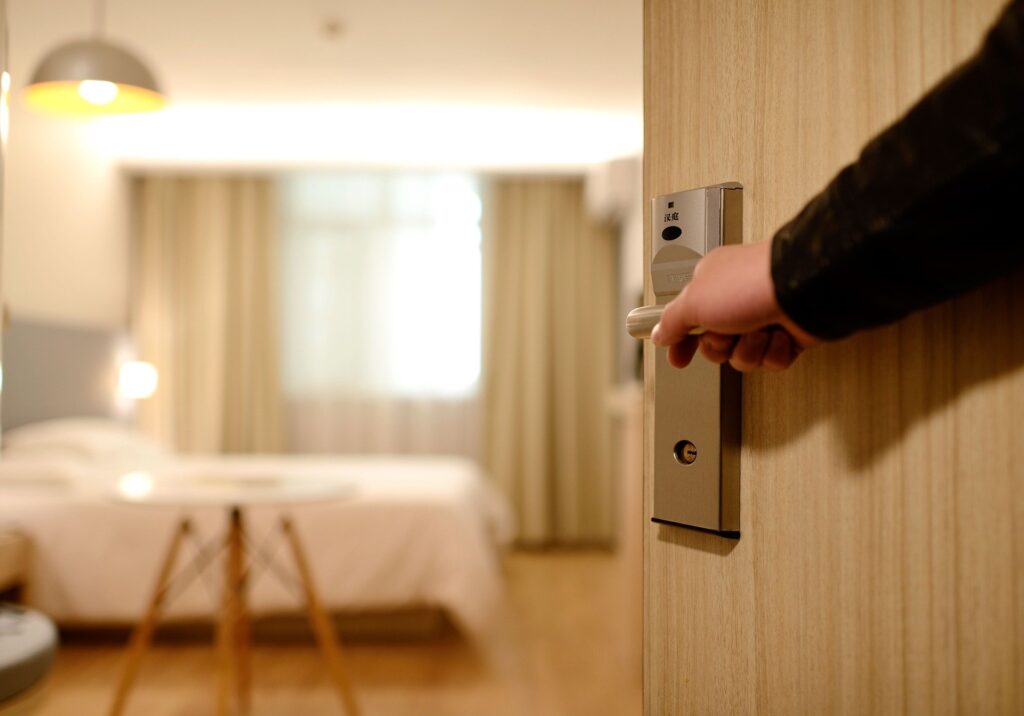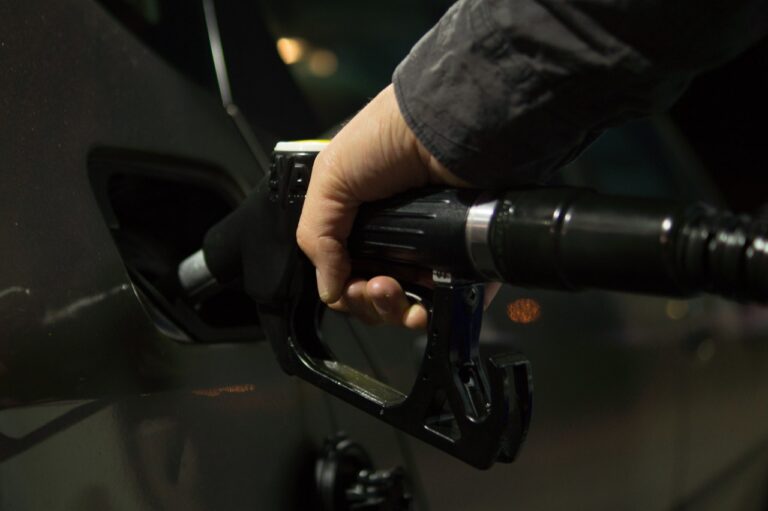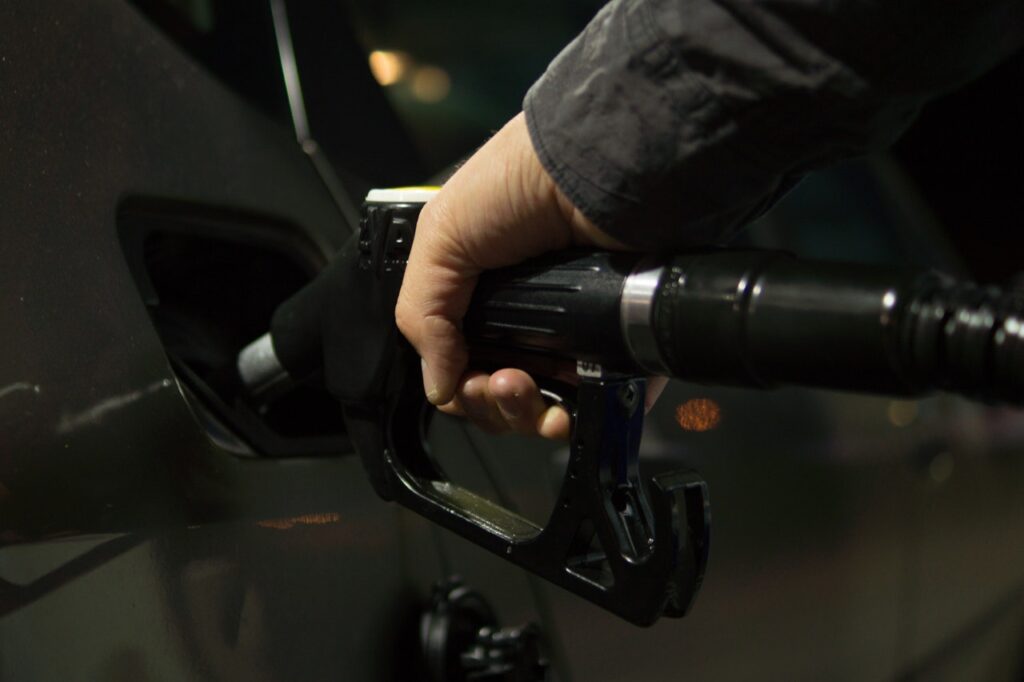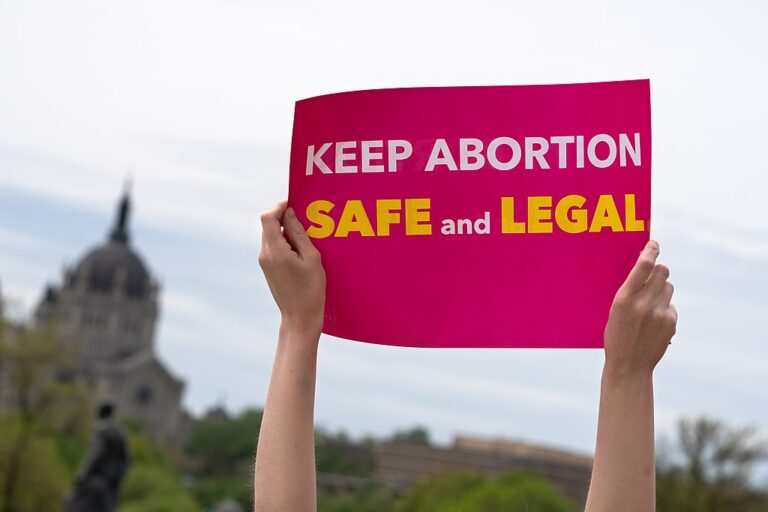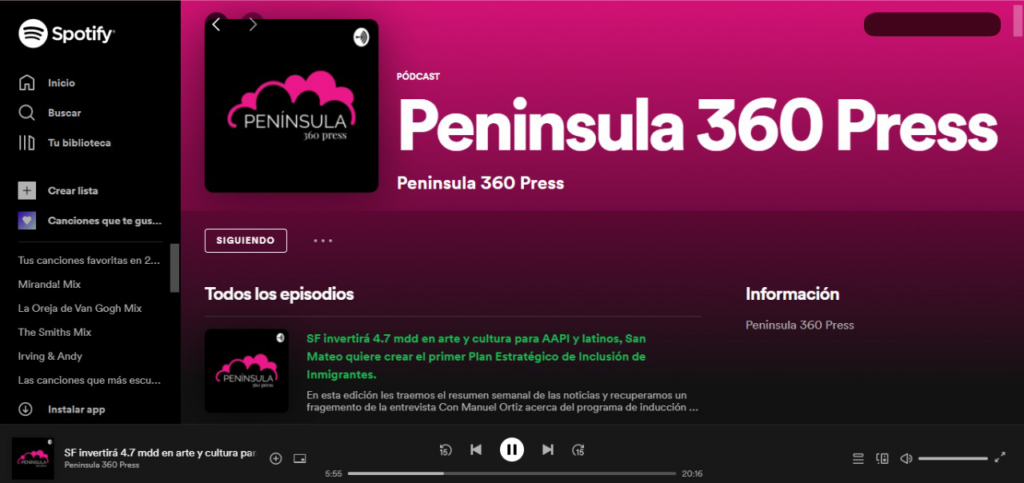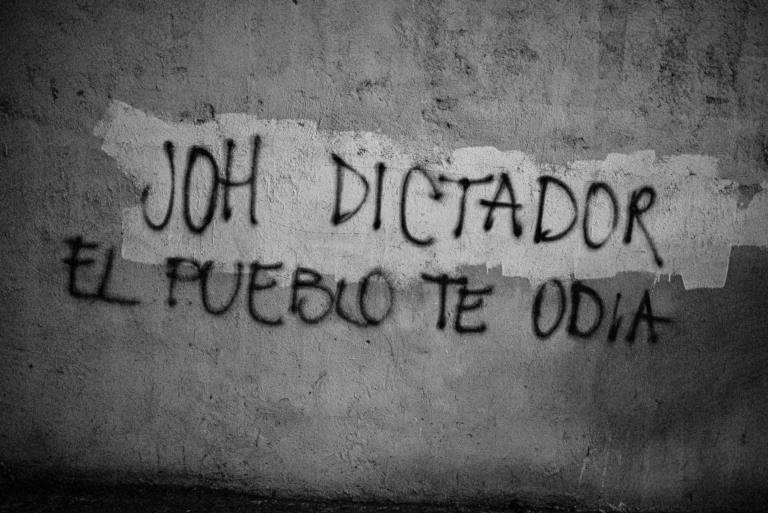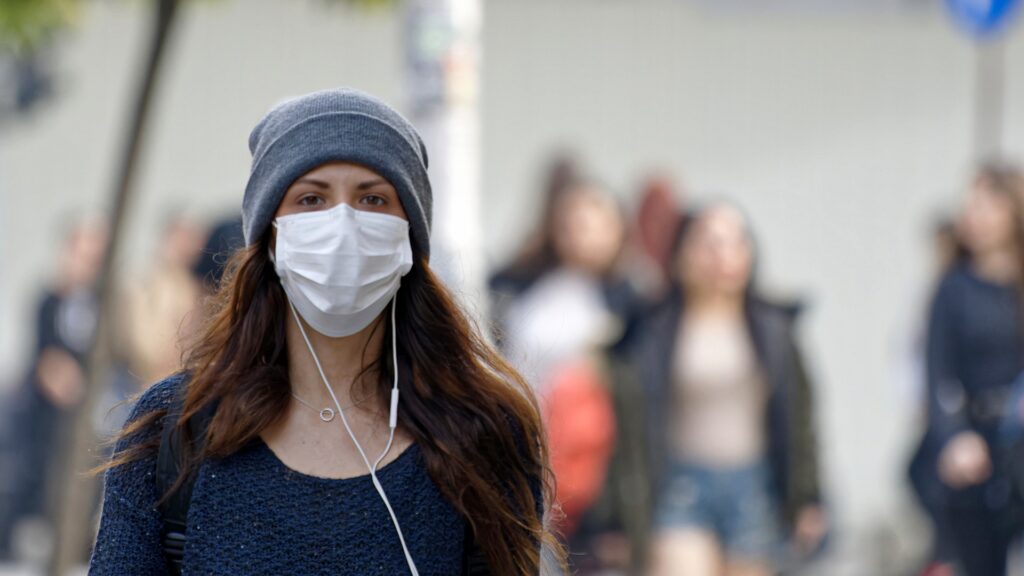
Building on lessons learned over the past two years and a commitment to equity, SMARTER presents the state’s plan to confront COVID as an endemic evil, which focuses on continued preparedness, awareness, and flexibility to guide California’s response to this new reality.
With Omicron as the main variant in COVID-19 infections, the governor Gavin Newsom On Thursday, the California Department of Health and Human Services (CHR) unveiled the SMARTER Plan, a strategy that is positioned as the next phase of California's pandemic response, focusing on communities that continue to be disproportionately affected and preparing for rapid and effective responses to potential new strains and changing conditions of the SARS-CoV-2 virus.
“As we enter the next phase of the pandemic, the state is better equipped than ever to protect Californians from COVID-19 with smart strategies that save lives and promote our ongoing recovery,” Newsom said.
In a press conference, the official stressed that, based on proven tools, based on science and data, which have been refined over the past two years, the state remains on high alert with a focus on preparation, awareness and continued flexibility to adapt to the evolving pandemic.
"As we have done throughout the pandemic, the state will continue to apply the lessons we have learned about the virus to keep California moving forward," he stressed.
What does SMARTER mean?
SMARTER, the state plan to confront COVID as an endemic evil, is the acronym of the key words with which the plan seeks to focus the following steps to confront what is coming in this pandemic:
Shots- Vaccines: Vaccines are the most powerful weapon against hospitalization and serious illness. Under the Plan, California will maintain the capacity to administer at least 200,000 doses per day, in addition to the existing infrastructure of pharmacies and providers.
Masks ‒masks‒: Masks worn correctly with good filtration help slow the spread of COVID-19 or other respiratory viruses. In light of this, the governor said the state will maintain a stockpile of 75 million high-quality masks and the capacity to distribute them as needed.
Aawareness: Newsom said he will continue to stay on top of how COVID-19 is spreading and how different variants are evolving, clearly communicating how people should protect themselves and coordinating the state and local government response.
Readiness ‒preparation‒: “COVID-19 is not going away and we must be ready with the tools, resources and supplies that will allow us to respond quickly to protect public health and keep the health care system well prepared,” Newsom said.
In light of this, he stressed that the state will maintain surveillance of wastewater in all regions and improve respiratory care in the medical system, while continuing to sequence at least 10 percent of positive COVID-19 test samples.
In turn, he said he will maintain the capacity to add 3,000 clinical employees within 2 to 3 weeks of need and in various types of health care facilities.
TTesting: To that end, the governor stressed that the right type of testing (PCR or antigen) will be delivered to where it is most needed, and explained that the tests will help California minimize the spread of COVID-19, thereby maintaining the capacity of commercial and local public health across the state to perform at least 500,000 per day.
Eeducation: California will continue to work to keep schools open and children safe in classrooms for in-person instruction by expanding state-supported school-based vaccination sites by 25 percent to boost immunization rates as eligibility expands, Newsom said.
Rx (medical treatment): The Governor of California stressed that the evolution and improvement of treatments will be increasingly available and will be essential as a tool to save lives.
He said the state will maximize orders for the most clinically effective therapies available through federal partnerships, ensuring that allocations of these treatments are ordered within 48 hours.
Additionally, the SMARTER plan calls for, in collaboration with external partners and the federal government, launching the nation's first longitudinal cohort study of COVID-19 impacts to examine direct and indirect impacts on individuals and communities over time.
According to SMARTER, the state’s plan to address COVID as an endemic disease, it is also seeking a public-private partnership with a test manufacturer to reduce the costs of homemade tests while ensuring a reliable and timely supply chain for California.
The state will also continue to take steps to ensure that health care facilities can continue to add additional staff and resources to respond to potential surges and minimize strain on health care systems, he added.
“California is prepared to build on the principles that have made us successful in our response to COVID-19. Under the SMARTER Plan, we will use the significant knowledge we have gained and the tools and resources we have developed over the past two years to adapt and respond to whatever comes next,” said Dr. Mark Ghaly, Secretary of the California Health and Human Services Agency.
You may be interested in: COVID-19 vaccine in pregnant women protects infants from hospitalization

